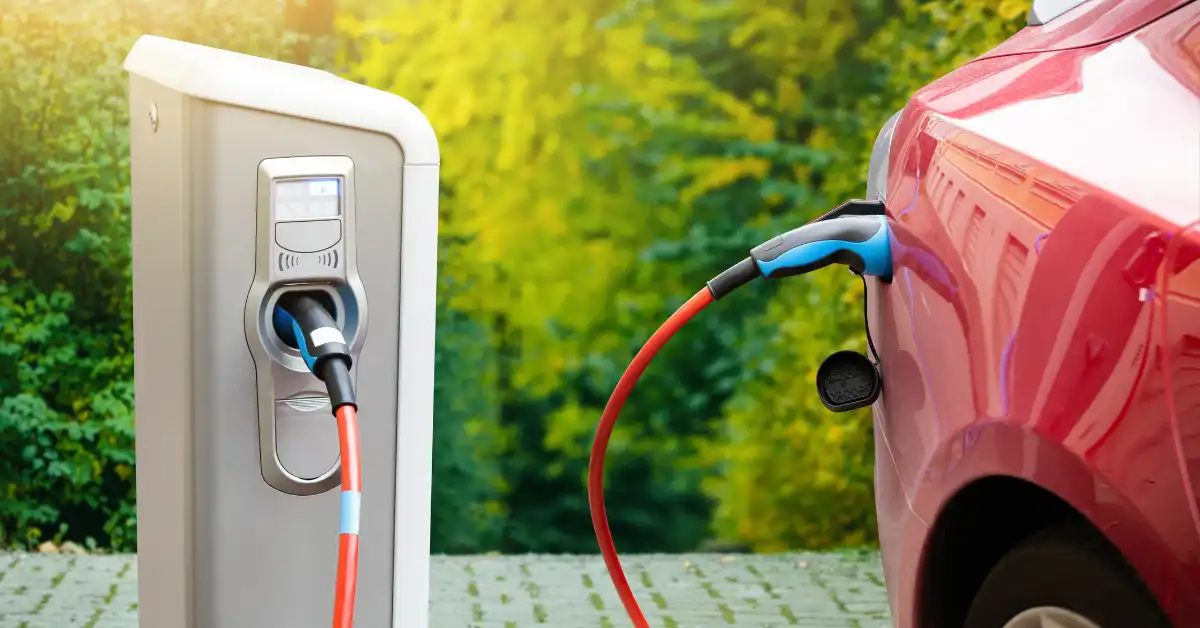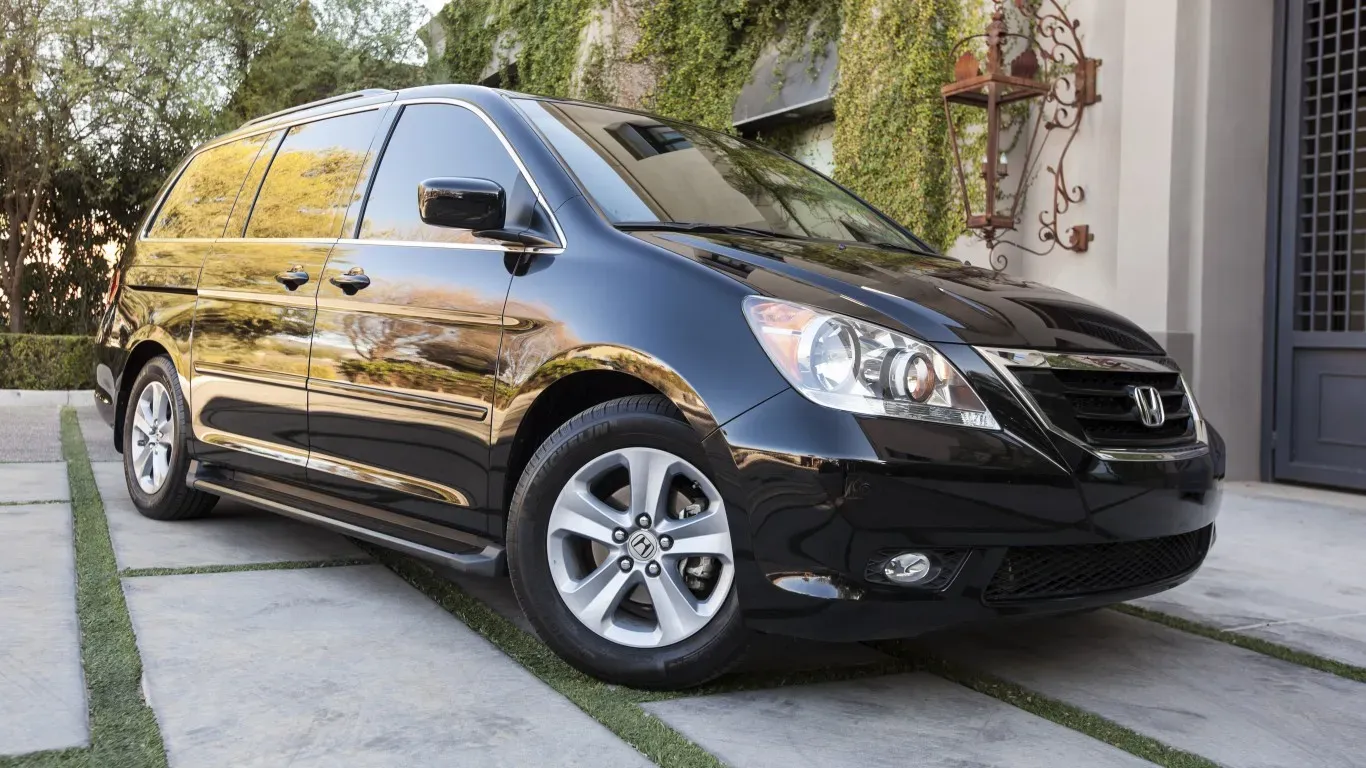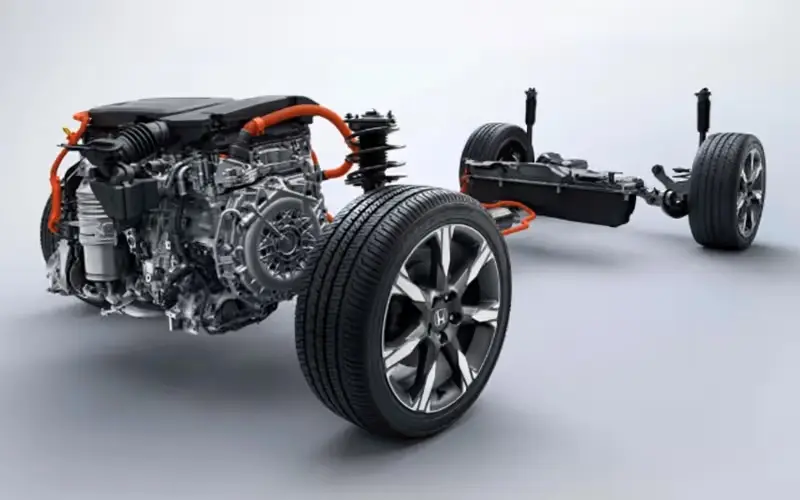Table of Contents
ToggleIntroduction: Why Electric Vehicle Charging Equipment Matters More Than Ever
As the world moves quickly toward cleaner transportation, electric vehicle charging equipment has become the heartbeat of the EV revolution. It’s not just a cord and a plug—it’s a powerful system that allows electric cars to charge at home, at work, or on the highway in record time. Whether you’re new to EVs or thinking about upgrading your charging setup, understanding the equipment behind the scenes is essential. From slow home chargers to ultra-fast highway stations, this guide breaks it all down in the simplest way possible.
Comparison of Electric Vehicle Charging Equipment
| Charger Type | Voltage | Power Output | Charge Time to 80% | Best Use Case |
|---|---|---|---|---|
| Level 1 (AC) | 120 V | 1–1.9 kW | 40–50 hrs | Overnight at home |
| Level 2 (AC) | 240 V | 6–19 kW | 4–10 hrs | Home, work, public lots |
| DCFC (Fast) | 480+ V | 50–350 kW | 20–60 min | Roadside, rest stops |
| Ultra‑fast DCFC | 800–1,000 V | 350–1,000 kW | 5–30 min | Long‑distance corridors |
| Wireless Inductive | 24–50 kW | NA | Overnight/Home use | Convenience parking |
| Megawatt System (MCS) | 1,000 V+ | 350–1,200 kW | 10–60 min | Commercial trucks/buses |
| Smart Charger (Level 2) | 240 V | 6–19 kW | 4–10 hrs | Optimized home charging |
| CaaS Subscription | Varies | Varies | Varies | Business installs |
| Solar‑integrated Charger | Varies | Varies | Varies | Green homes/businesses |
| V2G‑Enabled Charger | Varies | Bidirectional | Varies | Grid support, backup |
Basics of Electric Vehicle Charging Equipment
When people hear “electric vehicle charging equipment,” they often think of the charger that plugs into their car. But the system is a lot more detailed. It includes the charger (technically called the EVSE—Electric Vehicle Supply Equipment), the plug connector, the software that controls the charge, and even the network it’s connected to. Different EVs use different charging levels depending on speed, voltage, and driving habits. In 2025, there are three main categories of chargers: Level 1, Level 2, and DC fast chargers. Each type serves a specific purpose.
Level 1: The Entry-Level Home Charging Option
Level 1 is the slowest form of electric vehicle charging equipment, but it’s also the simplest. It uses a regular 120-volt household outlet—the same one you use to charge your phone. Most EVs come with a Level 1 charger when you buy them. While it may take more than 40 hours to fully charge a long-range EV, it works perfectly for plug-in hybrids or short daily commutes. Many EV owners use it overnight, plugging in when they get home and waking up to a full charge.
Level 2: The Ideal Charger for Most Homeowners
Level 2 is the most common type of electric vehicle charging equipment used at home and public places like malls, gyms, and offices. It operates on a 240-volt outlet—the same type your dryer uses—and charges much faster than Level 1. Depending on your vehicle, a Level 2 charger can recharge a battery in 4 to 10 hours. This means you can go from nearly empty to almost full overnight. Many drivers install these in their garages, often with help from a licensed electrician. Some models are smart-enabled, allowing you to control the charge from your phone.
DC Fast Charging: For Speed and Long-Distance Travel
DC fast chargers are the high-performance racehorses of electric vehicle charging equipment. Unlike Level 1 or Level 2, these skip the vehicle’s onboard AC-to-DC converter and feed energy straight into the battery. They use higher voltage and can add 200-300 miles of range in under 30 minutes. They’re perfect for highway rest stops and cross-country driving. In 2025, the fastest DC chargers now deliver over 350 kW of power, making electric refueling almost as quick as pumping gas.
EV Plug Types and Standards Explained
Charging equipment also comes with various plug types. The J1772 connector is used for Level 1 and Level 2 charging across North America. For fast charging, most modern EVs use the CCS (Combined Charging System) plug. Tesla owners use the NACS connector, but this standard is becoming more widespread as other automakers begin adopting it. CHAdeMO, once common in some Japanese vehicles, is slowly being phased out. A newer type called MCS (Megawatt Charging System) is being developed for electric trucks and commercial vehicles, allowing massive power delivery in minutes.
Smart Charging and Home Setup Innovation
Today’s electric vehicle charging equipment isn’t just about getting energy into your battery. It’s also about doing it smartly. Smart chargers can connect to Wi-Fi or mobile apps, letting you schedule charging during off-peak hours when electricity is cheaper. Some models can even return power back to the grid through Vehicle-to-Grid (V2G) technology. These intelligent features help users save money and reduce demand on the power grid. In 2025, more homes are installing solar-connected charging stations that use clean energy to power up EVs.
EV Charging for Businesses and Fleets
Businesses are now offering electric vehicle charging equipment as a service, letting customers, employees, or fleet drivers charge during the day. This isn’t just a green initiative—it’s a smart business move. By installing chargers in parking lots, workplaces attract EV owners, increase foot traffic, and support sustainability goals. In commercial sectors, fleets of electric delivery vans and taxis rely on advanced charging infrastructure, including depot-based fast chargers that keep vehicles running all day.
The Rise of Ultra-Fast and Wireless Charging
The future of electric vehicle charging equipment is all about speed and simplicity. Ultra-fast chargers are getting even quicker, with companies like BYD and ABB testing 1-megawatt systems. These are expected to fully charge an EV in under 10 minutes. Wireless charging, though still in early stages, is gaining attention. With this setup, you just park over a special pad and your EV starts charging—no cables needed. This is especially useful for people with mobility issues or for cities looking to add charging to public parking without clutter.
Cost of Electric Vehicle Charging Equipment
Installing Level 1 equipment is usually free because you just plug into your home outlet. Level 2 home chargers can cost between $500 to $1,500 depending on brand and features. You may also need to pay for installation, which can be another $300 to $1,000. DC fast chargers are much more expensive and are typically used by businesses or public networks. The hardware alone can cost $20,000 or more. Many regions offer rebates or incentives to reduce the cost of installing EV chargers at homes or workplaces.
Conclusion
Electric vehicle charging equipment is more than just a plug—it’s the foundation of the entire EV experience. Whether you’re charging slowly at home, powering up quickly on a road trip, or managing a fleet of electric delivery vans, having the right charging setup makes everything easier, faster, and smarter. In 2025, the technology is evolving rapidly—from ultra-fast DC chargers to wireless pads and smart energy-sharing systems. With more public chargers being installed every day and smarter options available for homes and businesses, EV drivers have more freedom and fewer worries than ever before.
As electric vehicles become mainstream, charging equipment will continue to play a key role in how we drive, travel, and live. So whether you’re just learning or ready to install your own charger, understanding electric vehicle charging equipment helps you make informed decisions that power not just your car—but your future.
I’m Waqas, an electric vehicle enthusiast and tech writer with over 6 years of experience covering the EV industry. I write in-depth articles, comparisons, and reviews to help readers understand the fast-evolving world of electric mobility. From battery technology to EV launches and charging trends, I aim to make complex EV topics simple, engaging, and informative for everyday drivers and curious readers alike.






